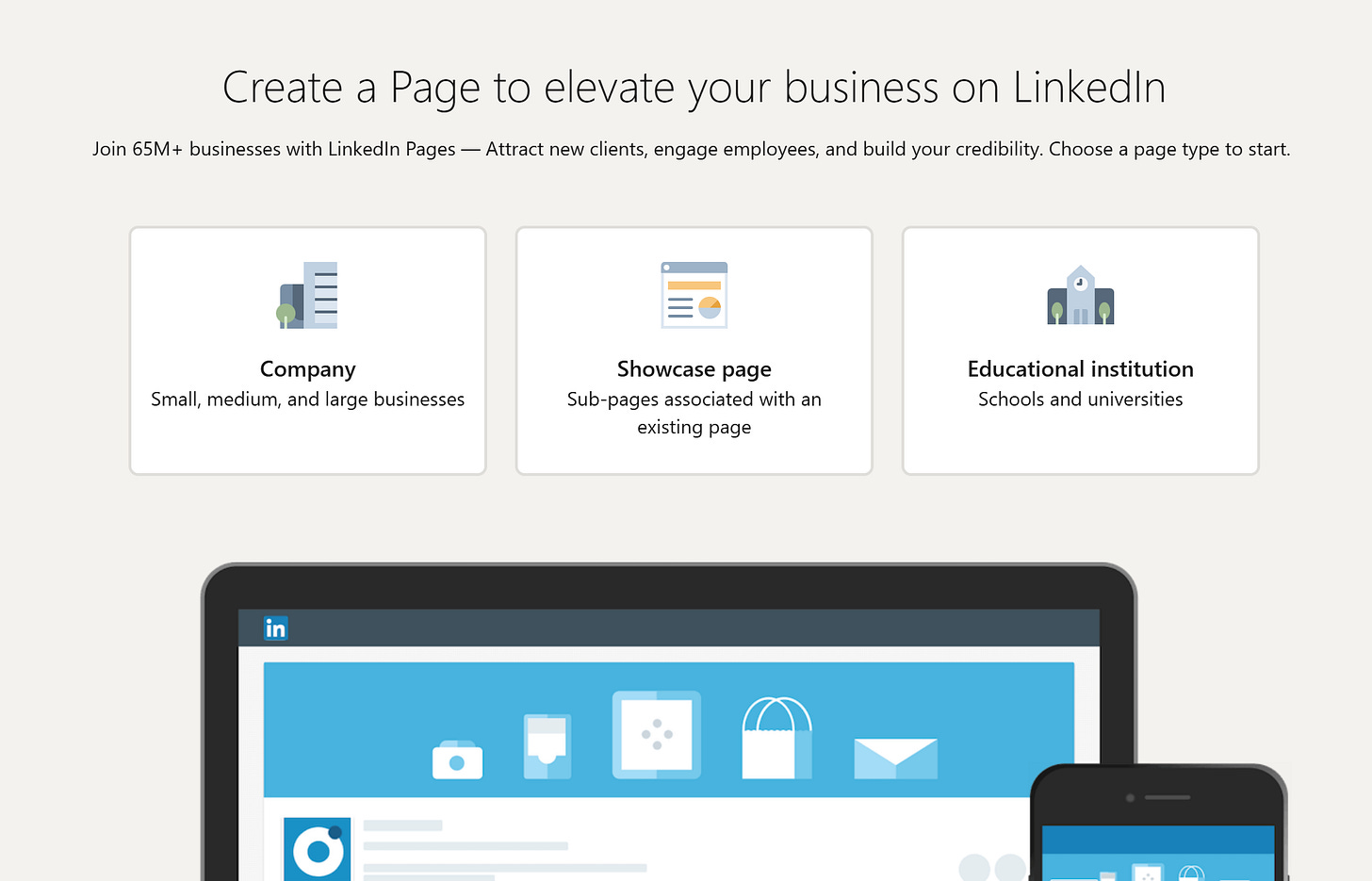Pick the Right Social Media for Your Business!
Learn how to identify the best social media platforms for your business and create a winning strategy
Social media is no longer optional for businesses—it’s a must. With billions of people scrolling, liking, and sharing every day, it’s a goldmine for connecting with your audience. But here’s the catch: not every platform is right for every business. Picking the wrong ones can drain your time and budget, while the right ones can propel your brand forward. So, how do you choose wisely?
In this post, I’ll walk you through five key steps to figure out which social media platforms make sense for your business. We’ll cover everything from knowing your audience to sizing up your resources, all with practical tips you can use today. This is the first in a series on mastering social media strategy, so consider this your foundation—future posts will build on it with deeper dives into content, engagement, and more. Ready? Let’s get started.
1. Know Your Audience Inside and Out
The secret to picking the right platforms starts with one question: Where is your audience hanging out? You wouldn’t pitch a tent in the desert if your customers are by the ocean.
Begin by sketching a clear picture of who you’re targeting—age, interests, location, habits. Are they teens obsessed with short videos? Young professionals networking online? Then match that to platform demographics. Instagram and TikTok skew younger—think 18-24—while LinkedIn draws a 35-54 crowd. Facebook’s still got a massive, broad reach, perfect for all ages.
Dig deeper with tools like Google Analytics to see where your website visitors come from, or peek at your existing social followers. If your audience is already buzzing on Twitter, that’s a clue. Nail this step, and you’re halfway to the right platforms.
2. Match Platforms to Your Goals
What do you want social media to do for your business? Boost brand buzz? Drive website clicks? Answer customer questions? Every platform has its strengths, and your goals should steer the ship.
For example, if you’re after brand visibility, Facebook’s huge audience or Instagram’s visual punch could work wonders. Need leads? LinkedIn’s professional vibe is a goldmine. Want to chat with customers in real time? Twitter’s quick pace fits the bill. A retailer I worked with doubled website traffic by focusing on Pinterest—its visual pins matched their product-heavy goals perfectly.
Think about what success looks like for you, then pick platforms that deliver. It’s not about being everywhere; it’s about being where it counts.
3. Play to Your Content Strengths
Content is king, but not every platform wears the same crown. What can your business create—and create well? That’s your guide here.
If your brand shines with visuals—say, a bakery showing off cakes or a gym flexing workout clips—Instagram or Pinterest will showcase that beautifully. For wordsmiths like consultants or writers, LinkedIn’s long posts or Twitter’s sharp updates are better bets. Video your thing? YouTube’s depth or TikTok’s viral energy could be your stage.
Ask yourself: What do we have the skills and tools to pull off? A small team with a smartphone can rock Instagram Stories, but a full YouTube channel might stretch you thin. Match your content to the platform, and you’ll shine brighter.
4. Spy on Your Competitors (Smartly)
Your competitors can be your cheat sheet—if you use them right. Take a look at what they’re doing on social media. Where are they active? What’s working? What’s flopping?
Start simple: check their profiles. Are they racking up likes on Facebook but ghosting on TikTok? Tools like BuzzSumo can dig deeper, showing which platforms drive their traffic. A client of mine noticed rivals dominating Instagram but ignoring LinkedIn—focusing there gave them an edge with a B2B crowd.
Don’t just copy, though. Their audience might not be yours. Use this as inspiration, then tweak it to fit your unique game plan.
5. Size Up Your Resources
Here’s the reality check: social media takes time and effort. Before you commit, ask: What can you realistically handle?
Think about your bandwidth. Got a full-time social pro? You can tackle more. Flying solo? Start small—maybe one or two platforms. Budget matters too—can you swing ads or pro-grade visuals? A startup I advised crushed it on Twitter with quick text updates because that’s what their lean team could manage.
Consider the learning curve, too. TikTok’s creative demands might overwhelm a beginner, while LinkedIn’s straightforward setup suits most. Pick platforms you can sustain, and you’ll avoid burnout while still making an impact.
Wrapping It Up
Choosing the right social media platforms isn’t about chasing trends—it’s about strategy. Know your audience, line up your goals, lean into your content strengths, peek at competitors, and be honest about your resources. Get these right, and you’ll build a presence that works for your business, not against it.
Start small—pick one or two platforms that fit best, master them, then grow from there. This is just the beginning. In our next post, we’ll tackle how to craft content that hooks your audience on those platforms. Want more tips like this and stay in the loop?
For now, take a hard look at your social strategy—what’s your next move?




